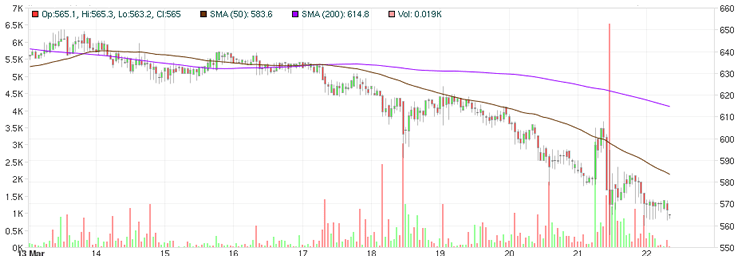WHAT IS MARKET VALUE ANALYSIS?
The stock market can seem to be complex maze from the outside. From the inside however they are a sum total of factors that determine the current position, trends, opportunities and risks involved. Market analysts have to keep their eyes open to a host of factors that define the standing as well as future of the markets. It calls for thorough research on the fundamental factors that drive the market. There are a number of theories and approaches that are adopted to study the market. One such approach often used by analysts as well as investors is the Market Value Analysis.
What is Market Value Analysis?
If we are to go by the dictionary meaning of Market Value, it would be defined as the price any asset would fetch in the marketplace. When it comes to a publically listed stock, it usually refers to as the market capitalization. This figure is easily to arrive at by multiplying the number of outstanding shares by the current market price of the stock. Since the prices are easily known in such case finding out value is easy. However in case of instruments such as income securities and private firms not listed in the market arriving at a figure can be quite a challenge. Market Value Analysis deals with determining the value of the asset taking into account host of factors. Let us take a look at a few factors that affect the market value of instruments.
-
Price to Earnings Ratio
The P/E ratio gives a fair idea about the company’s performance and the sentiments investors hold about the firm. This figure is arrived at by dividing the company’s current share price compared to its per-share earnings. The higher the P/E share the greater is the interest in the market about the stock. In fact most investors look at this is gauge the sentiment of the market.
-
Price To Sale Ratio
P/S Ratio as it is popular called determines the company’s stock price in comparison to its current revenue. It is indicative of the value placed on each rupee (or any other currency)of the company’s sales or revenues. This ratio can often be used to compare the valuation of different companies in the same sector and compare their performances. Lower ratio signifies undervaluation while a higher ratio suggests overvaluation.
-
EV/EBITDA
It is considered one of the most full-proof ways of determining the value of a stock/company. The fact that this takes the enterprise value to estimate the fair value of the stock or the company in the market. And It arrives at a realistic picture of its valuation.
You need to understand that all these factors may individually throw up indicative value of a stock in the market. When these factors are combined together they present to us a wholesome picture of the value of a company. Market Value Analysis has a lot of use in the market. It is mostly used to come at an accurate valuation during mergers and acquisitions and can also be used to gauge the future of the stock.

